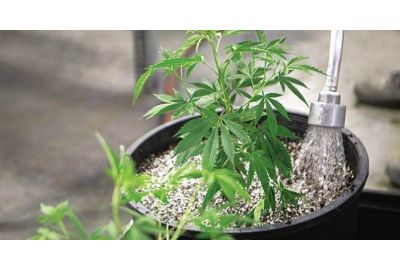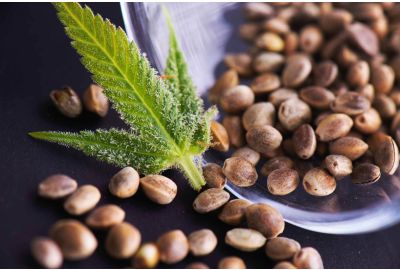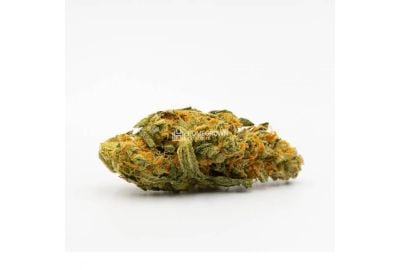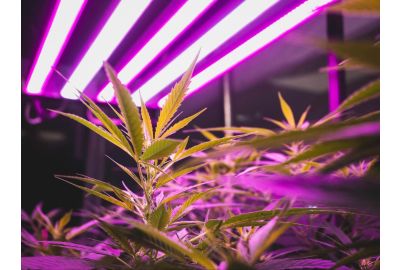Everything You Need To Know About PAR, DLI & PPFD For Autoflowers
PPFD is part of the parameters used to estimate plant lighting, including photosynthetically active radiation (PAR) and daily lighting intensity (DLI).
With adequate knowledge of these acronyms, weed cultivators can create an autoflower light schedule for healthy plant growth.
Are you a new grower ready to learn about PAR, PPFD, and the maximum DLI for Autoflowers? Let’s dig into the details to improve your knowledge.
PAR, PPFD and DLI for autos: The basics about lighting for autoflower cannabis plants
Before we discuss PAR, PPFD, and DLI more in-depth, here are the basics about lighting for autoflowers:
Photosynthetically Active Radiation (PAR)
Light, as plants perceive it, is known as photosynthetically active radiation. It’s a visible light that autoflower crops use for photosynthesis and varies by time and latitude.
Photosynthetic Photon Flux Density (PPFD)
PPFD is the term growers use to define the measurement of photosynthetically active radiation (PAR) per second. Cultivators sum light photons reaching plants on the surface area with PPFD.
Daily Light Integral (DLI)
Daily light integral describes the total sum of photosynthetically active lighting particles measured over 24 hours. It’s a measure of usable light received by your plant in a day.
PAR for autoflowers: ideal levels
PAR is an electromagnetic light of wavelengths ranging from 400–700 nanometers. The PAR for cannabis wavelength is known as infrared when above the 700 nm range and usually has a deep red color. At 400 nm, the light turns blue, but when below that range, it becomes ultraviolet.
Are you still wondering how much PAR for autoflowers is best? Keep your light spectrum between the PAR's red and blue ranges to develop healthy autoflower crops.
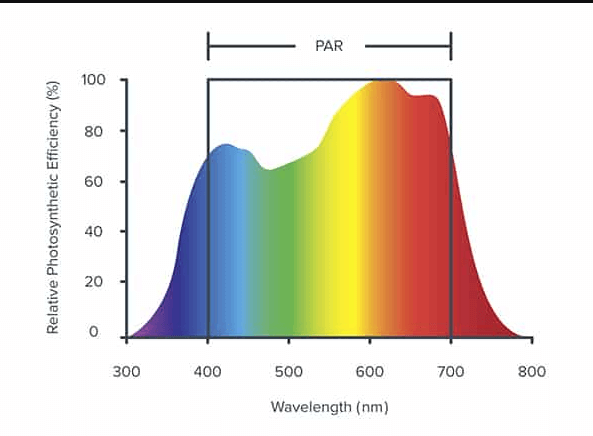
PPFD for autoflowers
The photosynthetic photon flux density (PPFD) shows a growing space light level. It sums up the light particles impacting your greenhouse.
Although calculated in micromoles per square meter (µmol/m²/s) measurements, it helps establish the quantity and quality of PAR levels for autoflowers.
You can optimize your greenhouse lighting based on autoflower type by measuring the PPFD with a spectroradiometer.
The measurement tool displays the light intensity and wavelength, including the efficiency of your LED. It can measure PPFD parameters at different heights and areas of your greenhouse.
When the measurement readings go high, your plants are closer to the light. As you move further away, the grow light distance chart becomes shorter.
Adjust the density and height of your light fixtures to ensure the best PPFD for autoflowers growth. Keep your eye on the light beam center, which displays the maximum PPFD reading.
The PPFD parameters between 400–700 nanometers stimulate plants' natural pigment, also called phytochromes.
They’re photoreceptors regulating germination and controlling various aspects of indoor weed seeds' development, including stem growth, yields, and potency.
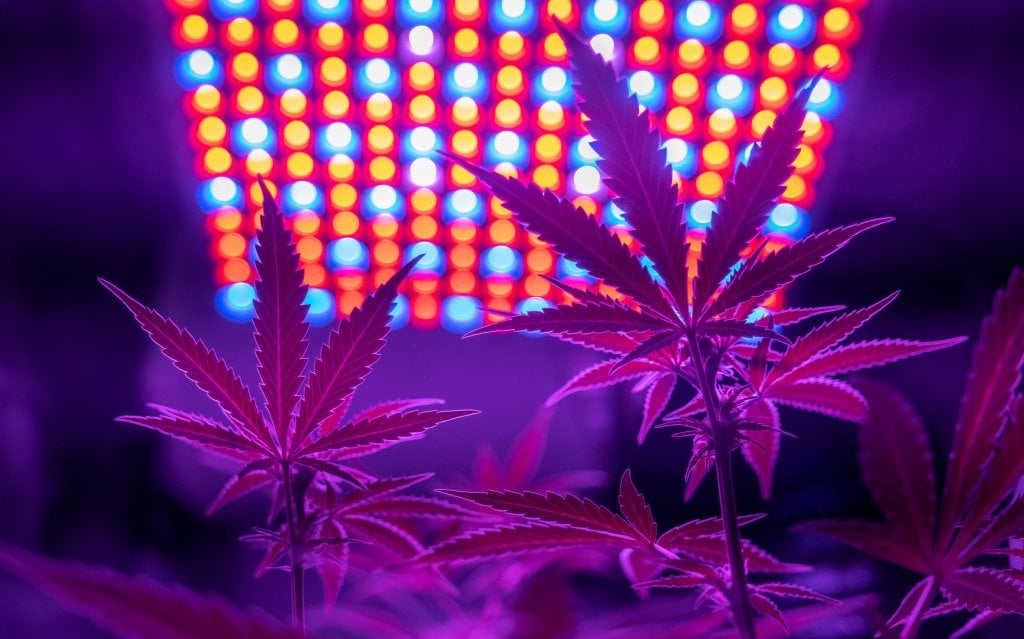
PPFD levels for autoflowers
Many cultivators deliver slightly lower PPFD levels to autoflowers as they require 18–20 hours of light for robust growth, unlike feminized strains. However, autoflowers' DLI increases if you combine efficient grow lights with prolonged photoperiods.
As a result, autoflower breeders providing 20 hours of daily light may prefer PPFD levels around 700 µmol/m²/s.
Are you a new breeder seeking to learn how much PPFD for autoflowers is best for healthy growth?
Consider leaning towards 100–200 µmol/m²/s at the seedling stage and 200–500 µmol/m²/s during vegetation. Lastly, 600–700 µmol/m²/s is excellent for the flowering stage.
Experienced cultivators may prefer PPFD levels above 700 and up to 1000 µmol/m²/s for growing autoflowers. Pushing PPFD levels high on a case-by-case scenario is safe because accessing how autoflowers cope with the condition requires experience.
DLI levels for autoflowers
Daily light integral is the aggregate amount of PAR light on a particular surface area in one day. It’s a reliable DLI autoflowers metric helping cultivators determine a site's lighting intensity.
Growers emphasize measuring DLI levels for autoflowering cannabis as it directly affects plant development. The proper DLI for autoflowers parameter is significant because crops require 400–700 nanometers of light for photosynthesis.
Adequate DLI levels also reduce node spacing and increase water intake, stem thickness, flower size, and vigor.
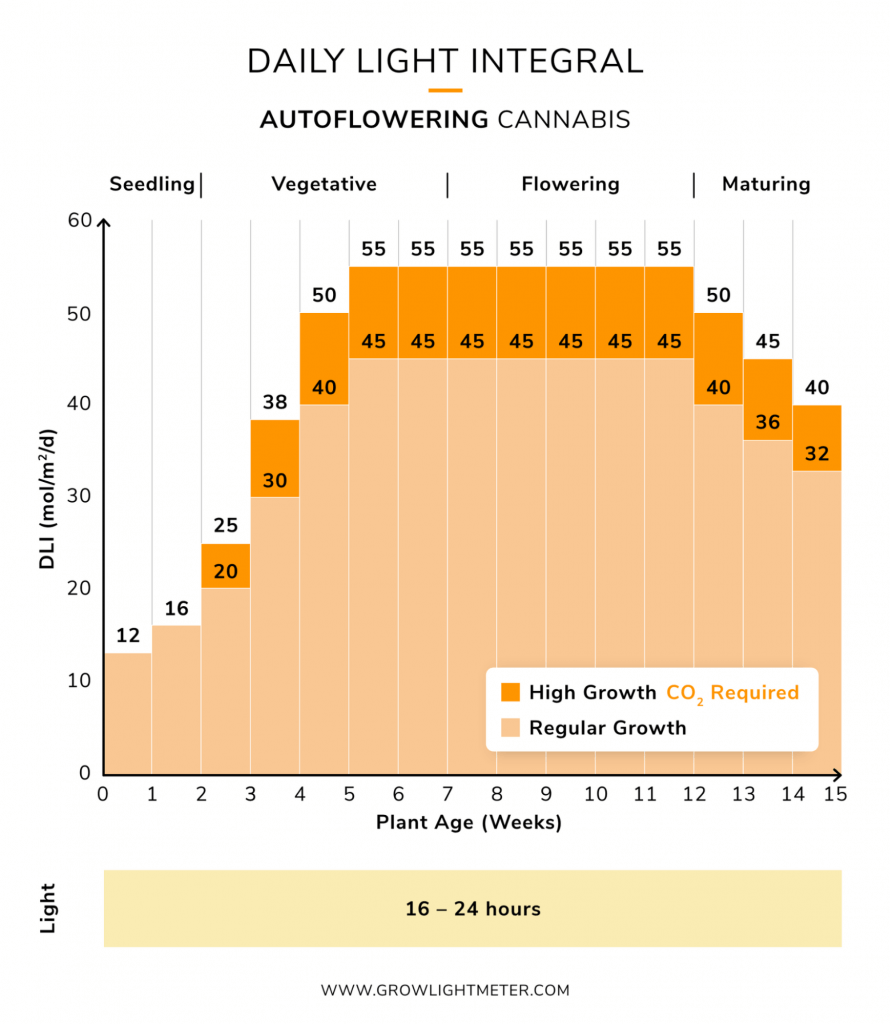
You can determine the optimal DLI for autoflowers in your grow space differently, but using light sensors is best. Estimating a location's light intensity once every ten minutes with the sensor is the most accurate method.
Put the control device in the area at the plant level for excellent results. It displays readings in a photometric unit (µmol·m-2·d-1). Then, you can convert the output to a DLI value in mol·m-2·d-1.
To do this, determine the area lighting intensity on a 24-hour average and multiply it by 0.0864.
The decimal numbers in your DLI chart for autoflowers are from multiplying the hours of a day (24) by the number of seconds in an hour (3,600) and dividing the value by the total µmol in 1 mol (one million).
Grow healthy autoflowers with confidence
After learning the best PAR for Autoflowers and proper PPFD and DLI levels, it's time to choose your grow light setup. It's excellent to get familiar with various grow light brands and understand their technology strengths and results.
Are you a new or experienced autoflower seeds cultivator? You can set appropriate levels of DLI and PPFD for autoflowers with methods from in-house experts at Homegrown Cannabis Co.
Newbies only need to buy weed seeds from our vast collections to sign up and join the Homegrown grow dairy. It’s a unique platform for cultivators to log every phase of their cannabis growing adventures and get valuable tips for bumper yields.
About the author: Parker Curtis
Parker Curtis has around a decade of cannabis-growing experience, specialising in soil-less and hydro grows. He’s mastering outdoor, greenhouse, and indoor grows.
